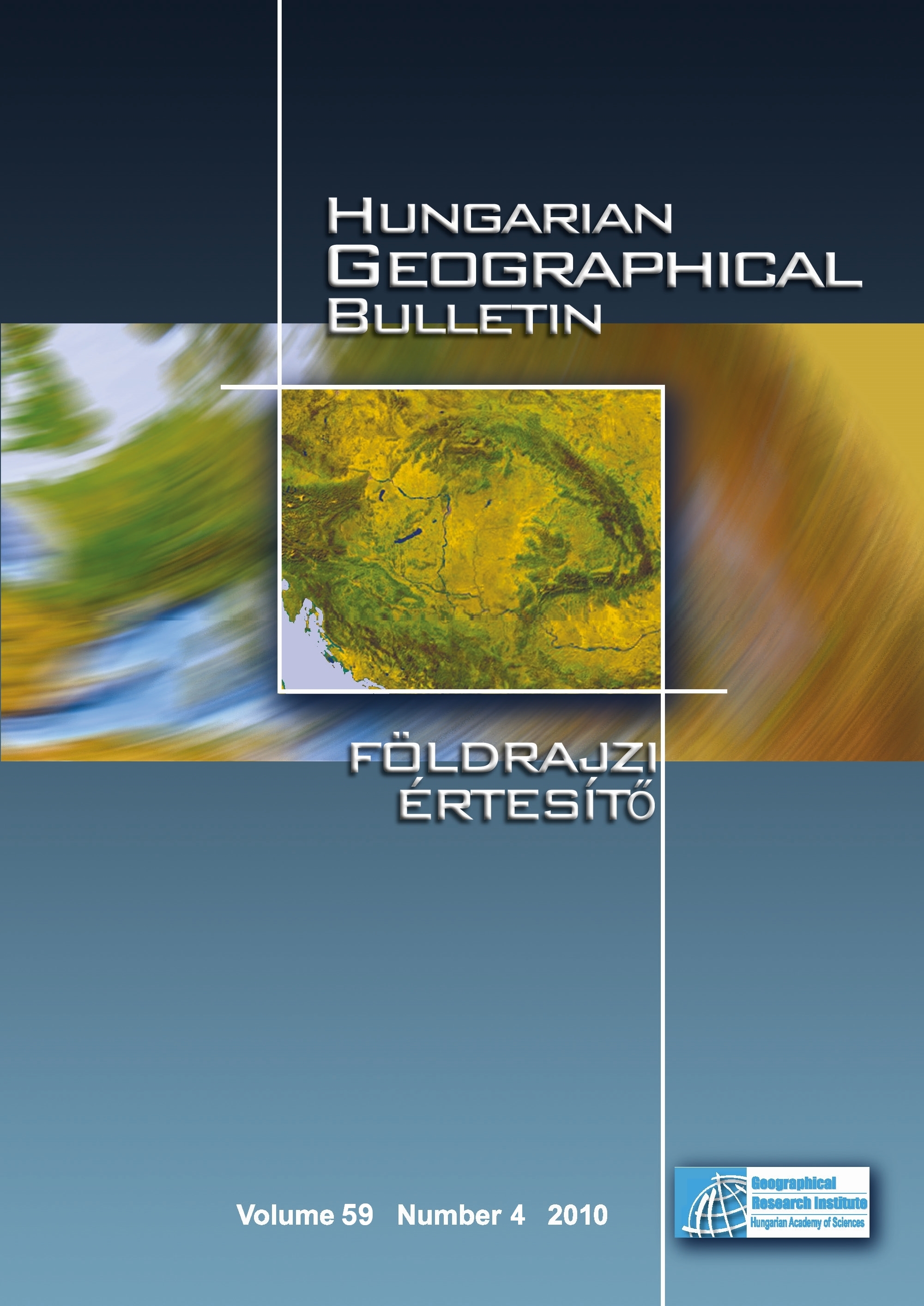Channel regulation of Torna stream to improve environmental conditions in the vicinity of red sludge reservoirs at Ajka, Hungary
Abstract
Three alumina factories have operated in Hungary, at Mosonmagyaróvár (1934–2002), Ajka (since 1942) and Almásfüzitő (1950–1997) based largely on Hungarian bauxite. In these factories bauxite was processed by the Bayer procedure. The strongly alkaline waste arising during the process was transported by hydraulic way to the depositories. The red sludge was stored in reservoirs surrounded by circular dyke at Ajka, Mosonmagyaróvár and Almásfüzitő while in Neszmély it was deposited behind a dam in a valley.
On October 4, 2010 in the north–western corner of reservoir 10th the dyke ruptured and ca 700 thousand cubic meters of watered (alkaline) red sludge flooded the low-lying parts of the sett lements Kolontár, Devecser and Somlóvásárhely. The spill accident has involved casualties (ten people died and more than 120 were injured) and caused considerable material damage. Contamination soon reached the nearby Marcal river and proceeded to the Danube.
The aim of present work is to describe the geomorphologic situation in the environment of the red sludge reservoires at Ajka and to make a proposal for the regulation of the hydrographical system over the surrounding territories.
Copyright (c) 2010 Ferenc Schweitzer

This work is licensed under a Creative Commons Attribution-NonCommercial-NoDerivatives 4.0 International License.






